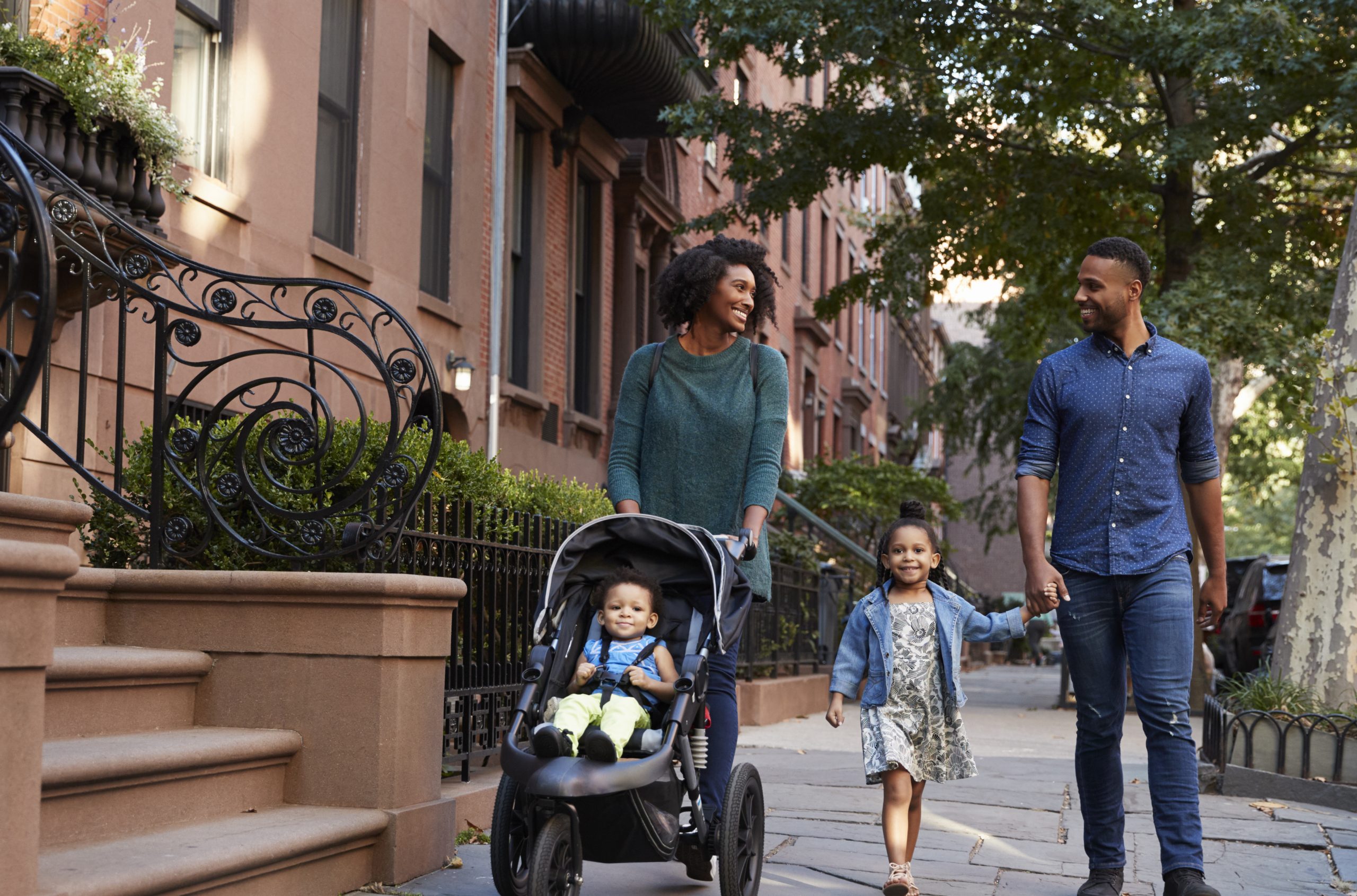Green Space Exposure May Play Modest Role in the Ability to Conceive.

Green Space Exposure May Play Modest Role in the Ability to Conceive
A new study found that exposure to residential green space was associated with a small increase in the chances of becoming pregnant. The findings underscore the need for equitable investment in green spaces, particularly in urban areas.
Growing research suggests that exposure to residential green space has a positive impact on human health, but less is known about the effects of neighborhood greenery on reproductive health.
Now, a new study led by the School of Public Health suggests that green space may have a modest effect on one’s ability to conceive.
Published in the journal Environmental Health Perspectives, the study found that more green space was associated with a small increase in chances of fecundability, the per-cycle probability of conception. These results were not linear, though—the strongest association was concentrated in urban communities, areas that have more concrete and fewer parks, tree canopy, and other greenery. Lack of exposure to green space disproportionately affects persistently marginalized groups, including Black and Latinx populations, immigrants, and lower-income households.
The study is the first to examine the association between green space exposure and fecundability.
“This study demonstrates the importance of structural determinants of fertility, an outcome that is often conceptualized from an individualistic perspective,” says study lead and corresponding author Mary Willis, assistant professor of epidemiology. “Our results largely align with the large body of literature that shows that exposure to green space is associated with improved health outcomes, lending credibility to the hypothesis that nature is beneficial to human health.
While more research is needed to understand this link, the new findings also suggest that equitable investment in green spaces may reduce the burden of infertility at a population level.
“Our findings suggest that adding green space to urban areas may be the most effective way to benefit population-level fertility,” Willis says. “At the same time, we caution that greening initiatives would need to be carefully implemented to reduce the potential for gentrification, thereby potentially excluding the very populations that greening programs seek to protect.”
For the study, Willis and colleagues from SPH, Oregon State University’s College of Public Health and Human Sciences and Tufts University School of Medicine analyzed data from 8,563 female participants enrolled between 2013 and 2019 in Pregnancy Study Online (PRESTO), a prospective preconception cohort study of North American couples attempting conception. Participants provided sociodemographic, behavioral, and reproductive factors for up to 12 months to ascertain pregnancies. The researchers quantified green space using satellite-based data from the Normalized Difference Vegetation Index (NDVI), which measures the proportion of chlorophyll that is present in a given area.
Interestingly, the results indicated that physical activity, perceived stress, and depressive symptoms—factors that previous research has identified as contributors to the physical and psychological effects of green space exposure—may play only a small role in the relationship between green space and fertility.
“While mental health is important, the biological pathways by which green space benefits fertility may simply not operate through that mechanism,” says Willis, noting that the NDVI did not identify specific types of green space. Future research should aim to better understand whether environmental and social factors may play a stronger role in this association, she says.
The study’s senior author is Lauren Wise, professor of epidemiology. At SPH, the study was coauthored by Amelia Wesselink, research assistant professor of epidemiology, Marcia Pescador Jimenez, assistant professor of epidemiology, Chad Coleman, research assistant, and Elizabeth Hatch, professor of epidemiology.